Many orthodontic patients have a problem with oral cleaning. When brushing the teeth normally, it is difficult to clean them in place because there are brackets bonded to the surface of the teeth and orthodontic arch wires between the brackets. The gums will become red, swollen, and bleeding after a while. So, is there a quick and easy way to get rid of food debris and soft scale?
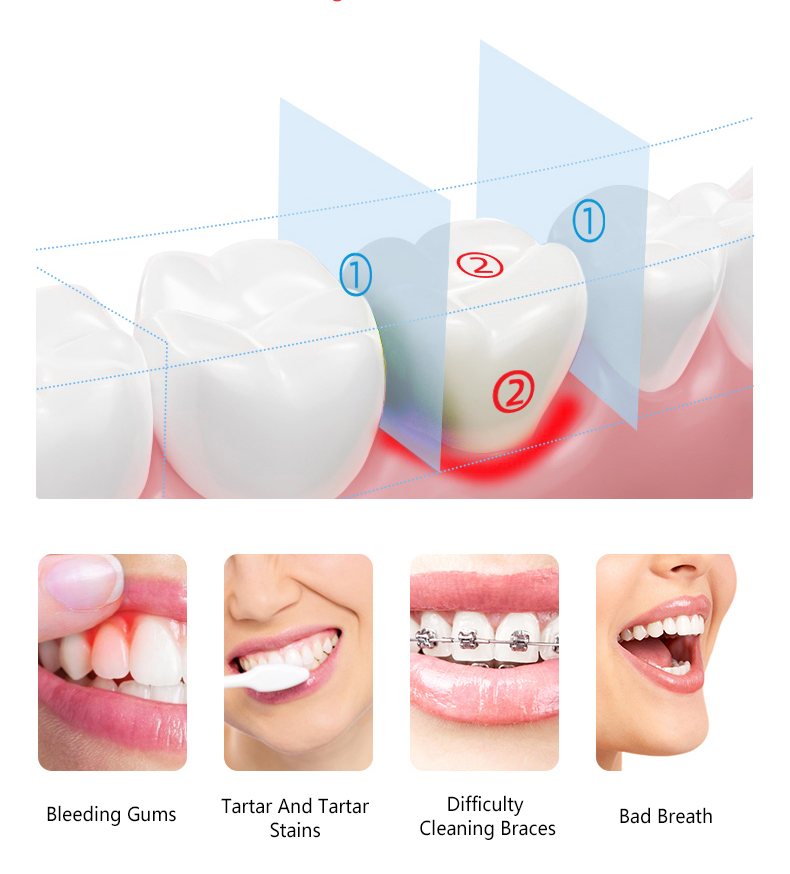
People are becoming more concerned about their oral health as their living standards rise. When compared to foreign countries, the domestic electric toothbrush is relatively late to the market, but its popularity has been steadily increasing over the last few years. However, at the same time that we are enjoying the quality experience provided by electric toothbrushes, many people who value dental health have already used an oral irrigator.
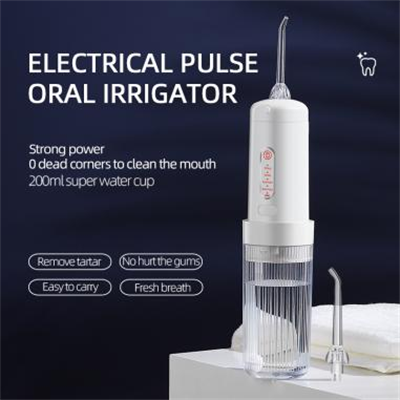
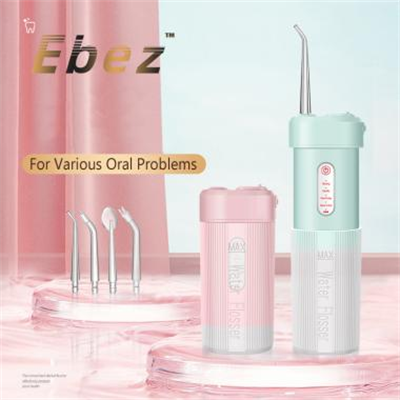
While a toothbrush can remove food debris and soft scale from the surface of the teeth, it cannot reach the adjacent gaps between the teeth. As a result, nearby surface cleaning tools like dental floss, toothpicks, and flushers have been developed. The traditional flosser is typically used as a supplement to the toothbrush, specifically to clean the gaps and gum sulcus where the water dental flosser is difficult to clean.
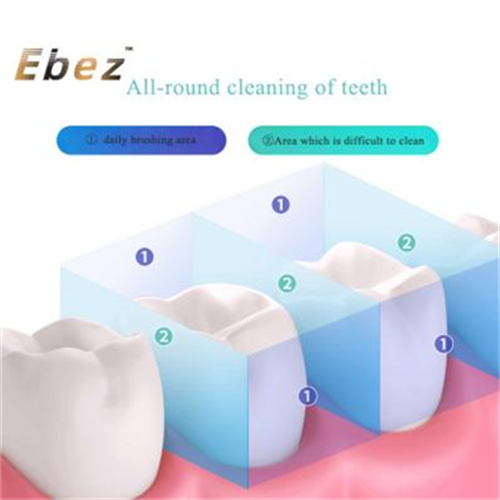
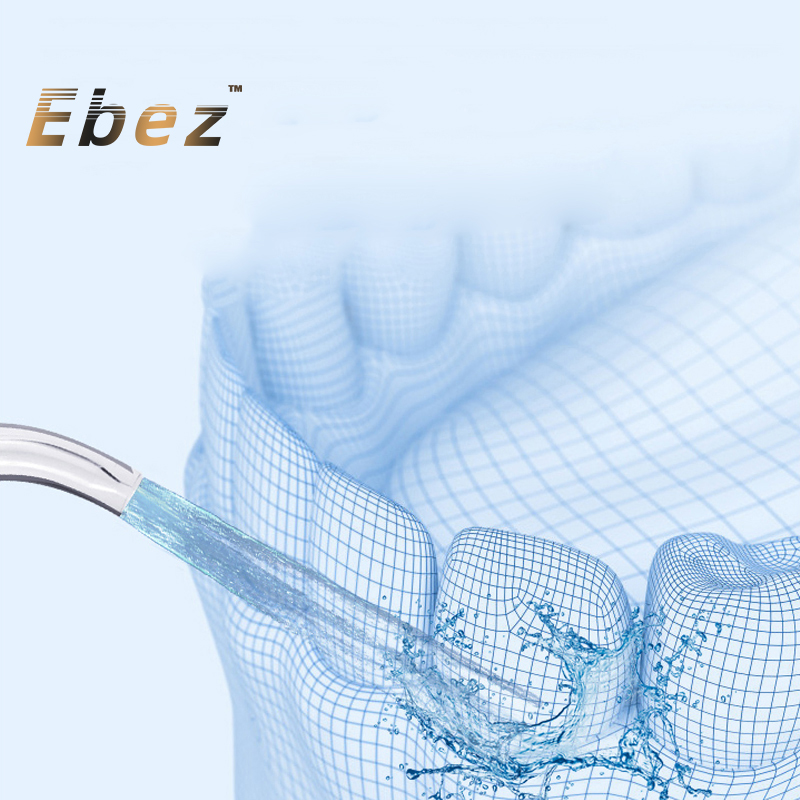
Currently, there are already multi-column unlimited faucet irrigator for teeth on the market. It can not only complete the traditional flosser by a convex hole contact guide precise rinse gum sulcus and teeth, but also can be multi-column "sweep" a large area of the tooth surface and tongue and oral mucosa, for a complete oral cleaning.
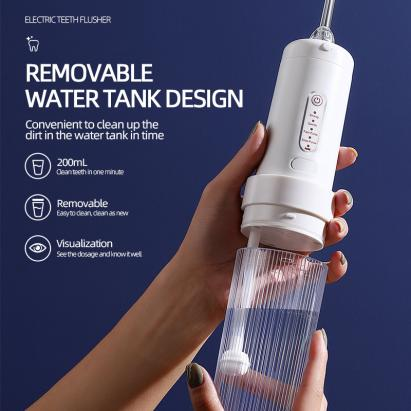
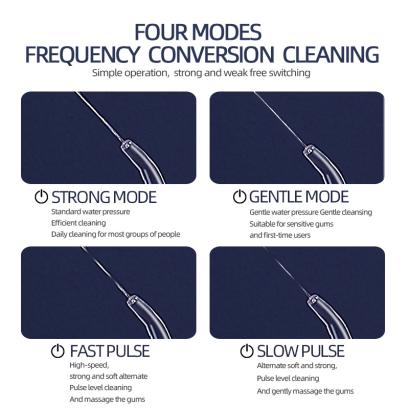
People for whom the flosser is suitable
The flosser's principle and use make it particularly suitable for oral hygiene care for the following groups of people:
1. Patients with orthodontic braces, particularly those with fixed braces. The flosser's pulsating water jet can effectively remove plaque that has grown in areas that are difficult to clean with a toothbrush.
2.Patients with wide gaps and easily plugged teeth. When compared to toothpicks, flossers are more effective at removing food residue from the gap between teeth; however, it is not as easy to make the gap wider and wider, and the blockage becomes more severe; improper force may even damage the gums.
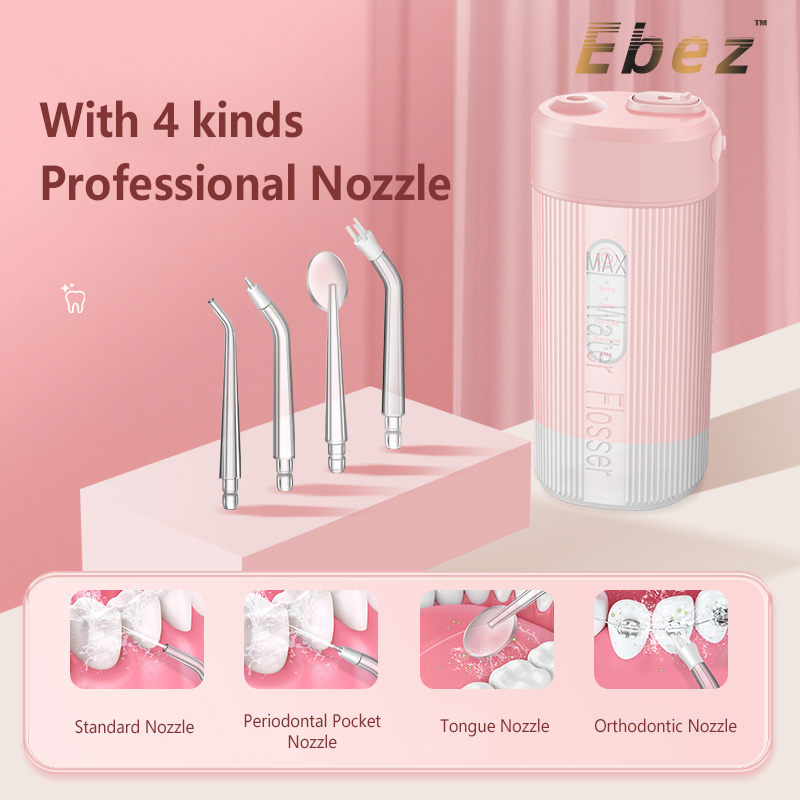
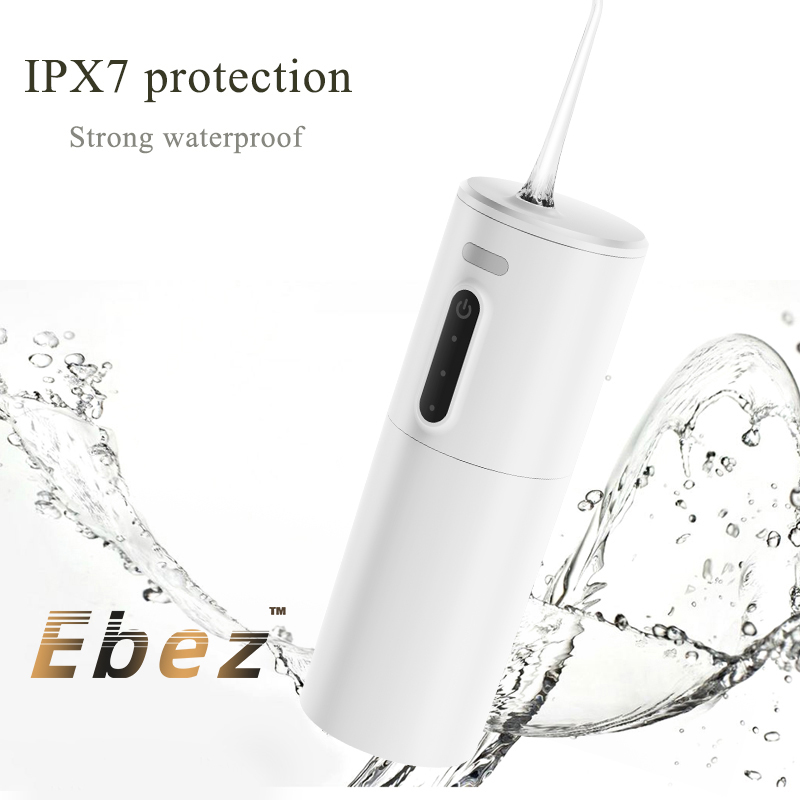
3.Patients who have dental implants, removable or movable dentures, or other types of dentures in their mouths. Cleaning around fixed dentures is especially important because it directly correlates to denture service life.
4.Patients with periodontal disease. The flosser can be convenient and effective in maintaining oral hygiene.
A flosser is not a replacement for brushing your teeth.
The flosser's cleaning effect is insufficient on its own; it must be used in conjunction with a toothbrush or other cleaning tools. Even with regular professional maintenance (scaling and scraping), bleeding of the gums may occur at the start of flossing and can last as long as the correct method of use is mastered. When using flossers, the distance, angle, and method of contact between the flosser and the teeth and gums should be as specified.
The most important thing is to maintain our own oral health; using scientific and effective methods can help us do a better job of oral health care; it is recommended that regular oral examination, early detection, and early treatment.
Post time: Dec-16-2022

